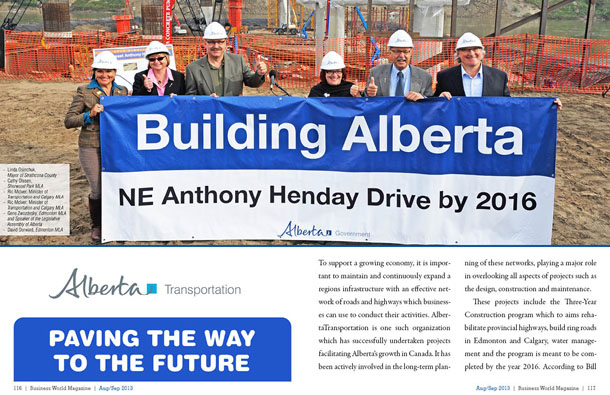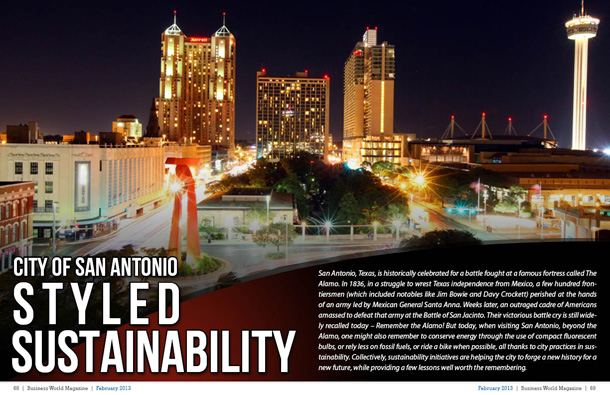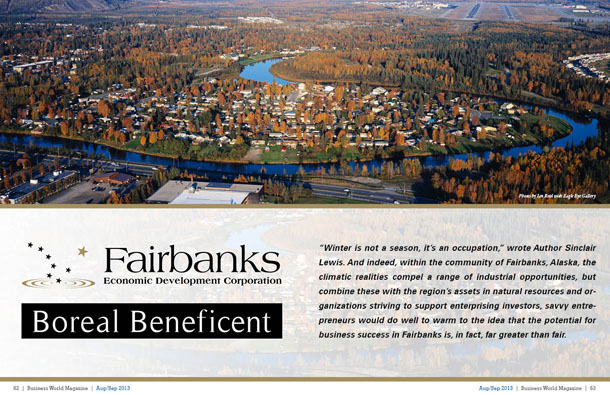
To support a growing economy, it is important to maintain and continuously expand a regions infrastructure with an effective network of roads and highways which businesses can use to conduct their activities. AlbertaTransportation is one such organization which has successfully undertaken projects facilitating Alberta’s growth in Canada. It has been actively involved in the long-term planning of these networks, playing a major role in overlooking all aspects of projects such as the design, construction and maintenance.
These projects include the Three-Year Construction program which to aims rehabilitate provincial highways, build ring roads in Edmonton and Calgary, water management and the program is meant to be completed by the year 2016. According to Bill Van Der Meer, Urban Construction Manager at Alberta Transportation, “People are finally realizing the benefit as few of the projects are near completion. They have become more aware of the value of an efficient network of roads and highways and the advantages it brings to not only their businesses but their daily lives.”
As mentioned, part of Three-Year Construction Program is the ring roads in Edmonton and Calgary. The planning for these roads dates back to the 1970’s when the government purchased land required to build the roads. The motive behind building the ring roads was to separate the heavy goods and services traffic from the inner city highways allowing both the networks to run more efficiently. Bill who is managing the design and construction of the Edmonton ring road says, “It is like a big puzzle coming together and it is satisfying to see all the work done in the past year making a difference.â€
The P3 Model
For the construction of these ring roads under the supervision of Alberta Transportation, a unique partnership was formed called the public-private partnership (P3) in order to facilitate the growth of the region. “Many questions were raised regarding this method, as people were not sure if this was the right way to carry out such a large scale project,†says Bill. He goes on to add, “It was a risk to take with the P3 for large projects. However after the first section of the P3 was completed, the Alberta ring road became the model for P3 transportation. It proved to be a success and trying an innovative approach turned out to be favorable.â€
Furthermore, the senior management in the transportation departments have also been onboard with pushing for public-private partnerships on project and are welcome new models such as the P3.†People have confidence in this methodology even though it may be a courageous decision to take, the results are undeniable,†adds Bill.The P3 models prove the partnerships between public and private sectors can bring about results which benefit the Albertan community. Supporting the infrastructure in such a manner creates jobs which in turn helps the economy grow. P3 models for highways also means that projects can be completed as a faster pace compared to before.
Bringing About Change
The rings roads have also increased the level of competition between businesses as the industry gets more familiarized with the P3. Bill explains, “The project has helped the industry become competitive over time. Designers and contractors are catching on to the way we conduct our business along with our quality, value and prices. Therefore the ring roads have not only helped us get better prices but also facilitated healthy competition within the industry.â€
Moreover, ring roads around major cities have supported business growth as transportation becomes well-organized. Alberta transportation has not faltered to follow through with facilitating this growth or the economy regardless of the fluctuating revenues of the project. “We have continued our projects well aware of their importance and all the factors which need to be in place to allow development of the region. Our projects will continue as we are determined on our long-term view,†adds Bill.
Becoming The Innovators
Another differentiating factor of the ring road projects is the contract itself which takes into account the capital needed to make changes to the roads if required in the future. “It would help contractors to coordinate and adjust road elevations if needed in the future rather than moving a utility. Adding this particular utility component is something new to the P3,†says Bill. Furthermore, the contracts also help contractors attain environmental permits that they might need during construction. Alberta transportation started working on negotiating for permits and permissions a year in advance making it easier to get contractors on board faster and saving time. Bill adds, “We did a lot of homework as different strategies were used to put such a contract together and it meant that in the end we would be reducing the risk on the schedule of the project.â€
Besides the contract, construction methods used during the ring road were also innovative. In a particular area of the ring road, an arch like structure was put in place rather than a bridge as it best suited the environment. It was the only structure of its kind to be built on the ring road for crossing purposes.
A United Effort
Alberta transportation was not alone in organizing the construction of large scale project such as the ring road. Consultants and project managers were present at every point to ensure the smooth running of the project and to carry out regular inspections. As Bill concludes, “Obviously such a large scale project can get challenging especially with all the parties involved, however our staff and hired help was great and reliable. Over time they became experts on how to manage and do the job they way we like it. Because of the collective effort by all parties, we can see the completion of this project.â€
For more information, please visit their website at: Â Alberta Transportation









